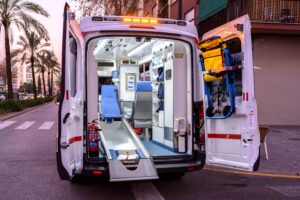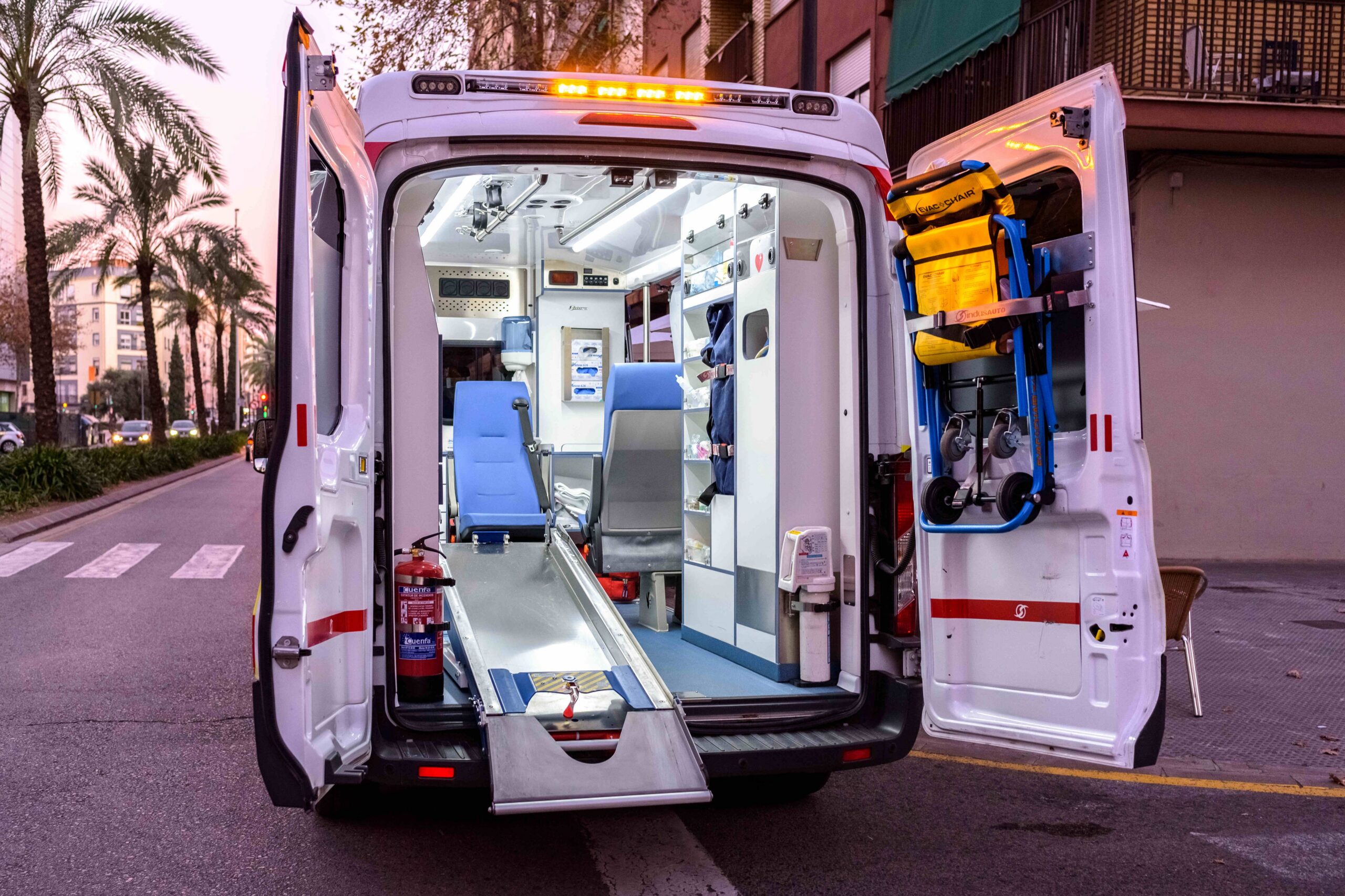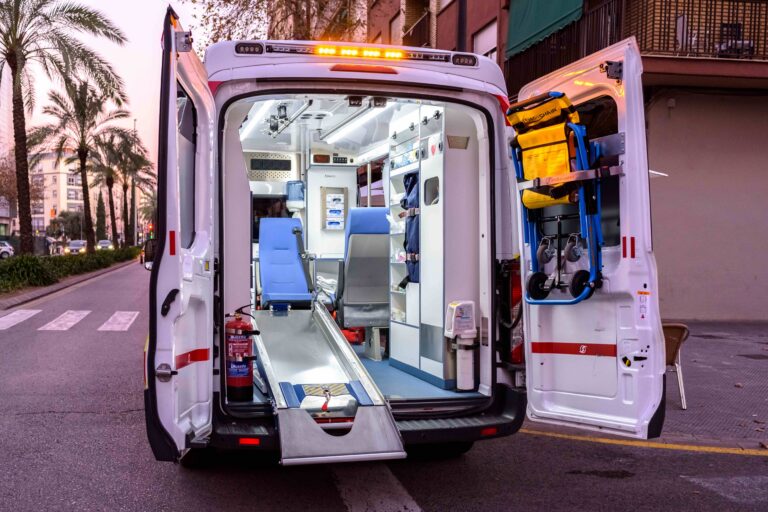If you’ve been diagnosed with sleep apnea, your doctor has probably talked about using a CPAP machine. These devices can dramatically improve sleep quality, energy levels, and long-term health. But while the benefits are clear, the costs and insurance red tape often aren’t.

Don’t worry—whether you have full insurance, a high-deductible plan, or none at all, there are affordable ways to get started with CPAP therapy.
What Is a CPAP Machine and Why Is It Important?
CPAP stands for Continuous Positive Airway Pressure. These machines work by delivering a steady stream of air into your nose or mouth (or both), keeping your airways open while you sleep. This helps prevent pauses in breathing caused by obstructive sleep apnea (OSA), which can happen dozens or even hundreds of times per night.
Treating sleep apnea can reduce your risk of high blood pressure, stroke, heart attack, and even depression. It can also help eliminate snoring and drastically improve your daytime energy and focus.
What’s Included in a CPAP Setup?
A complete CPAP system usually includes:
The machine itself, which controls the air pressure
A mask that fits over your nose or mouth
Tubing that connects the machine to the mask
Filters to clean the air
A humidifier (optional, but common) to prevent dry air discomfort
Different setups work better for different people, especially when it comes to masks.
CPAP Mask Types: Finding the Right Fit
Choosing the right mask can make or break your CPAP experience. Here are the three main types:
Nasal Masks – Fit over your nose and are great for people who breathe through their nose while sleeping.
Nasal Pillows – Small cushions that rest at the entrance of your nostrils. Minimal and less claustrophobic.
Full Face Masks – Cover both nose and mouth, ideal for mouth breathers or people with nasal congestion.
Trying different styles before buying—or choosing a setup that comes with a mask fitting period—can help you avoid discomfort and frustration.
CPAP Machine Costs and Features
| Type of CPAP Machine | Typical Cost (Without Insurance) | Key Features |
|---|---|---|
| Basic CPAP | $300–$600 | Fixed pressure, simple interface |
| Auto CPAP (APAP) | $500–$900 | Adjusts pressure automatically through the night |
| BiPAP (Bi-Level PAP) | $1,000–$2,500 | Separate pressures for inhaling and exhaling; better for complex cases |
| Travel CPAP | $600–$1,200 | Lightweight, portable, often USB-powered |
Machines can last 3–5 years with proper care, but insurance typically covers replacement every 5 years. Supplies like masks and hoses need replacing more often.
Insurance Coverage: What You Need to Know
Most health insurance plans—including Medicare and Medicaid—cover CPAP therapy, but there are hoops to jump through:
A sleep study (either in-lab or at home) must confirm your diagnosis.
Your doctor writes a prescription for the machine and accessories.
Your insurer may rent the device to you for the first 3–13 months before purchasing it outright.
Compliance is required—you may need to show that you’re using the machine at least 4 hours a night on 70% of nights.
Not meeting these standards can lead to the insurer reclaiming the machine or stopping coverage.
Medicare Coverage Details
Under Medicare Part B, CPAP machines are covered as durable medical equipment (DME). After meeting your deductible, Medicare pays 80% of the cost, and you’re responsible for the other 20%—unless you have supplemental insurance to help cover that.
Medicare also covers supplies like masks, tubing, and filters on a regular replacement schedule. Just be aware that you’ll need documentation and follow-up visits to stay eligible.
What If You Don’t Have Insurance?
You still have options if you’re uninsured or underinsured:
Refurbished machines can be found for less than half the retail price at sites like SecondWindCPAP.com.
Online retailers like CPAP.com, Lofta, and The CPAP Shop offer competitive prices and occasional bundles with free supplies.
Payment plans and financing are common—even 0% interest if paid off in time.
Nonprofit clinics or local sleep centers may offer low-cost or donated equipment.
Facebook Marketplace and local groups sometimes have unused machines for sale—just make sure they’re clean, compatible, and come with a valid prescription.
Maintaining Your Machine
Proper care can make your CPAP last longer and work better. Here’s a simple upkeep guide:
Wash your mask and tubing once a week with mild soap and warm water.
Replace filters every 2–4 weeks.
Replace masks and headgear every 3–6 months.
Keep your humidifier clean and fill it with distilled water only.
Check your provider’s supply schedule—insurance will often cover replacements at regular intervals.
Compliance Tips: Making CPAP a Habit
The hardest part of CPAP therapy isn’t buying the machine—it’s actually using it. It takes time to adjust, and many people give up too soon. Try these tips:
Use the machine for short naps to get comfortable with the feeling.
Try wearing the mask while watching TV to get used to it before bed.
Use ramp settings to gradually increase air pressure as you fall asleep.
If you experience discomfort or side effects, ask your provider to adjust the settings or switch mask styles.
CPAP therapy only works if you use it. Stick with it for a few weeks and it often becomes second nature.










